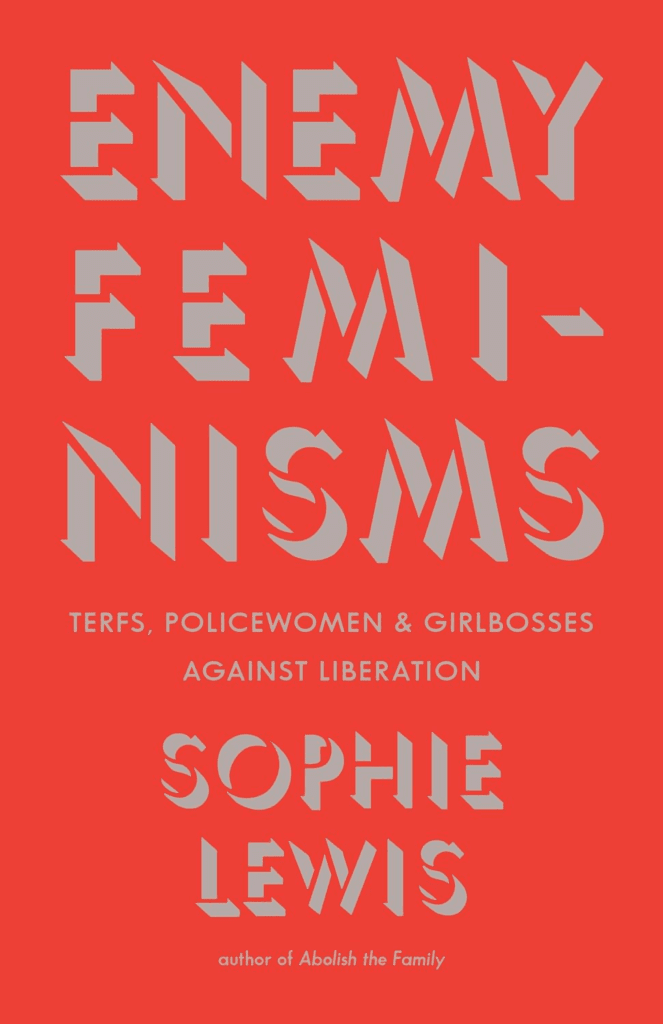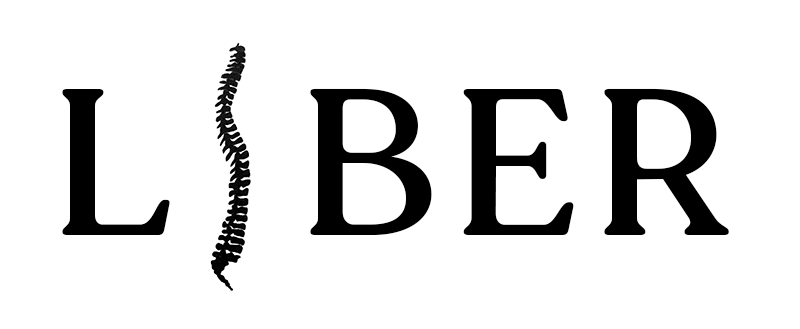
Like any broad social movement, feminism contains many currents. You can take one of two approaches to that. The first would say we’re all in it together against the patriarchy so differences within the movement have to be subordinated to unity against a common foe. The other approach would acknowledge that we’re not all in it together, that some versions of feminism are implicated in oppression, and that the cause of women’s liberation has to pass through the critique and repudiation of these “enemy feminisms.” Writer and theorist Sophie Lewis clearly, and persuasively, takes the second tack. Her book is a “bestiary” of feminism gone wrong. It’s tempting to dismiss some of these beastly feminists as not actually feminist. That skips over the chance to learn just exactly how feminism becomes implicated in things like colonial or carceral projects. Lewis takes a critical look at some feminist icons and brings back into the story some figures who have been dropped as ancestral mothers due to one embarrassment or another.
We start with Mary Wollstonecraft, whose A Vindication of the Rights of Woman (1792) is often taken as a foundational text. Lewis: “It’s fair to call A Vindication the original claim to being not like the other girls.” Wollstonecraft steps away from femininity to address men from a position of being like them. It’s a text which will accelerate a long tradition of comparing the position of white women to slaves and of proposing the advancement of women’s rights in the interests of improving the empire. The alignment of rights for white women with the abolition of slavery is a complicated story, and not all of the heroes of the moment come out of it unscathed. Lewis wants us to attend to the persistence of whiteness in what’s taken to be the feminist lineage and in what’s left out of it.
One fascinating chapter, full of insights for the present, deals with KKK feminism. The Klan—a mass movement with millions of members by the 1920s—advocated for women’s rights, that is, of course, if those women were white and Protestant. The mothers of the white race had to be free to fulfill their destiny. Lewis: “The offer that the feminism of lynchers makes to white women is a devil’s bargain, drawing us into the rewards of whiteness as property if we sign away our solidarity—a wicked compensation for our lack of ownership of other forms of property in capitalist societies.”
Lewis provides representative examples of several forms of enemy feminism that are alive and well today: police feminists, pornphobes, girlbosses, femonationalists, and TERFs. Some heroines of the movement get dinged along the way for infractions of various severities, including Susan Brownmiller, Robin Morgan, Germaine Greer, Mary Daly, Andrea Dworkin, Adrienne Rich, Silvia Federici, and bell hooks. Lewis is not having any excuses.
There’s a political and a conceptual lesson to draw from all this. The political lesson is that a movement that claims to speak for a marginalized population does best when it centers those even further marginalized. That includes working-class women, colonized women, racialized women, sex workers, trans women, and Indigenous women. And I don’t mean so that they might be “included” in a feminism that remains otherwise unmodified by their experiences, demands, and critiques. The agency and resources prosperous cis white women command and can bring to politics doesn’t bring with it a right to an outsize voice in shaping movement priorities and language.
The conceptual lesson that Lewis signals at the end of Enemy Feminisms draws on a book edited by Emma Heaney whose title is a slogan: Feminism Against Cisness. As Lewis reads it, “cisness” is the imposition of an order of sex and gender onto bodies from without. Here Lewis (and Heaney) join with much of the advanced thinking on the sex/gender system as always implicated in projects of colonial, racial, economic, and carceral control. One can’t assume in advance one knows what “womanhood” is, even for the purposes of feminist mobilization, as it’s always being made and remade as a category in historically specific regimes of power and economy.
I think here of the coercive question: what is a woman? A question beloved by both right-wing misogynists and enemy feminists alike. A question supposed to yield a simple and self-evident answer, although the grounds of that simplicity keep shifting. Is it genitals, hormones, gametes, female socialization? Whatever it is, the criteria can then be used to impose a categorization from without on bodies, regardless of their histories, or their preferences. It’s an approach that neatly sidesteps the practice of feminism as work one has to do—on one’s consciousness, one’s solidarities. One just is on the right side.
Here’s a better answer to the question what is a woman? We don’t know yet. We might never have a conclusive answer. Woman is a sign in flux. On the one hand, whatever she is she is subject to forms of power, economic, political, cultural. She is fucked and fucked over against her will. On the other hand, she is continually working toward forms of solidarity and struggle that bring her into alliance and dialogue with others, shifting the qualities she might like to embody or to which she might like to aspire.
As such, she might never be a category that can be bound within its limits. She will always, also, be something else—her Blackness, her transness, her disability, her whatever. Putting things in categories to be ranked and ruled is police thinking, colonial thinking, which offer the illusion of stability and safety at the expense of accepting a subordinate place in an order imposed from without. That’s the devil’s bargain of enemy feminism: we will give you the security of a seemingly stable category—“woman”—police its boundaries, suppress those who fall short. But that’s all you’ll ever be.
One word for that might be cisness. If trans means a crossing, cis means to remain on the same side. To be immobile, stuck where one started. In a sense then, any feminism that is not an enemy feminism might be a trans feminism. Not in the sense of transgender or transexual, although that might be one of its many variants. In the sense of being always in transition to another configuration of the solidarities and possibilities of womanhood. What is a woman? We know too much about what power would impose upon her and still too little about who she could become if she was free.

